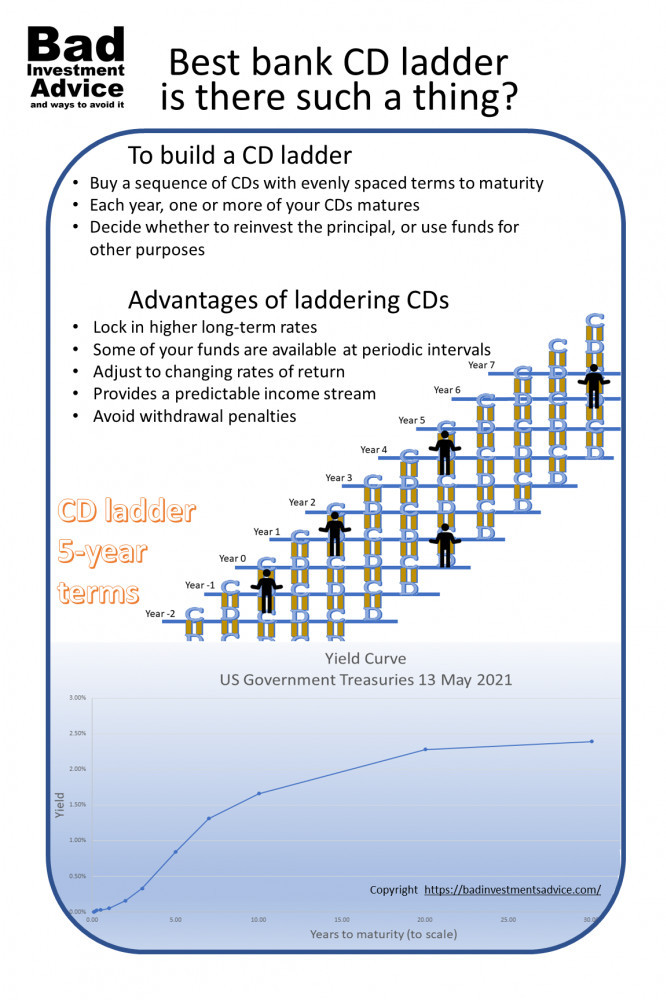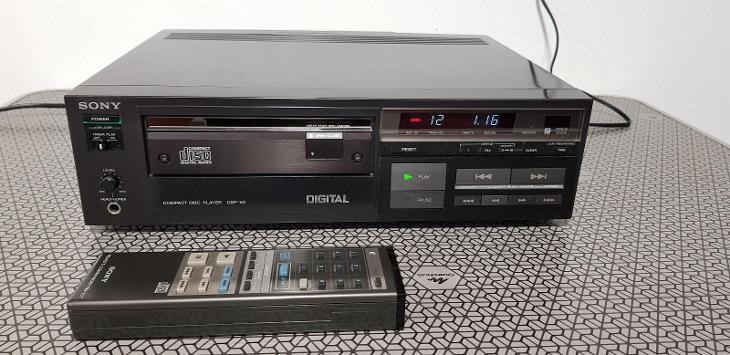

Best cd to invest in free#
It’s our “thank you” just for signing up for our free daily updates. We’d also encourage you to share the report with a friend by forwarding this email to them.
Best cd to invest in download#
If you haven’t yet read this new free report, click here to download your copy today.
Best cd to invest in how to#
What other investments for children have you made?Īs a member of TSI Network, you may have already seen Canadian Stock Market Basics: How to Trade Stocks and Make Good Investments in Canada. That applies to investments for children, as well as investments for established investors. Our advice: When an ETF takes on a lot more risk than you’d expect, you should get out. For example, it may suggest broad diversification, but it may in fact hold a disproportionate amount of mining stocks. We always take a close look at an ETF’s performance and investments to see if they differ from what the prospectus or sales literature would lead investors to expect. It’s often hard to find out much about who is making the decisions, what sort of record they have, and what sort of investing they prefer. Many ETF operators describe their investing style in vague terms.

Get rid of ETFs that show wide disparities between the ETF’s portfolio and the investments that the sales literature describes. Investments for children are meant to be long-term fads never are.Ģ. The manager may have to dump the mutual fund’s holdings when demand is at its weakest, forcing prices lower than they would otherwise go. When fads die out, as they all do, the fund’s liquidity typically dies out with it. That, of course, lowers the ETF’s performance. When investing for children, you’re buying for the long term, so hot theme funds, where investors are apt to flee when prices hit their lows, often force the mutual fund managers to sell at the bottom. This forces the manager to pay top prices -and perhaps to bid prices higher than they’d otherwise go-even if this goes against their better judgment. Trendy theme funds like these face a double disadvantage, because they appeal to impulsive investors who pour their money in just as the fad hits its peak. It pays to stay out of narrow-focus, faddish funds, all the more so if they’ve come to market when the fad dominates the financial headlines. 2 things to avoid when making ETF investments for children That should further increase the appeal of ETFs. As well, regulatory changes in Canada force brokers to disclose all the costs associated with mutual funds and other similar investments. ETFs, with their relatively low management fees (MERs), have in large part eclipsed interest in mutual funds. If you start out with exchange-traded funds, we recommend putting, roughly half of your contributions into a Canadian exchange-traded fund and the remaining half into an exchange-traded fund holding U.S. Exchange-traded funds are among the best investments for a child’s investment accountĮxchange-traded funds are some of the best investments to choose as a starting point when building an in-trust account. So it’s best to downplay investments that mainly provide interest or dividends, and instead hold stocks or ETFs that will earn capital gains. However, all realized capital gains are directly attributable to the child. Interest and dividend income earned in an in-trust account is attributed to the contributor until the child turns 18, unless the contributor is not related to the child. Investments for children should rely on capital gains rather than dividends Once the child reaches 18, the money is theirs to do with as they wish. The money belongs to the child, but only the trustee can make withdrawals if the child is under the age of 18. The settlor’s spouse can be a trustee, however. The settlor should not act as the trustee. The trustee is the person in charge of the account, and is responsible for managing the funds for the child (the “beneficiary”). (Investments or investment accounts in the name of a child must be set up in trust because minors are not allowed to enter into binding financial contracts.) An adult must be responsible for providing the investment instructions and signing the contract on the child’s behalf.Īn informal in-trust account has a donor (or “settlor”) who contributes funds to the trust. If you want to build an investment portfolio for a child, then an informal in-trust account is a low-cost and flexible option. In-trust accounts offer low costs and flexibility for child investments


 0 kommentar(er)
0 kommentar(er)
